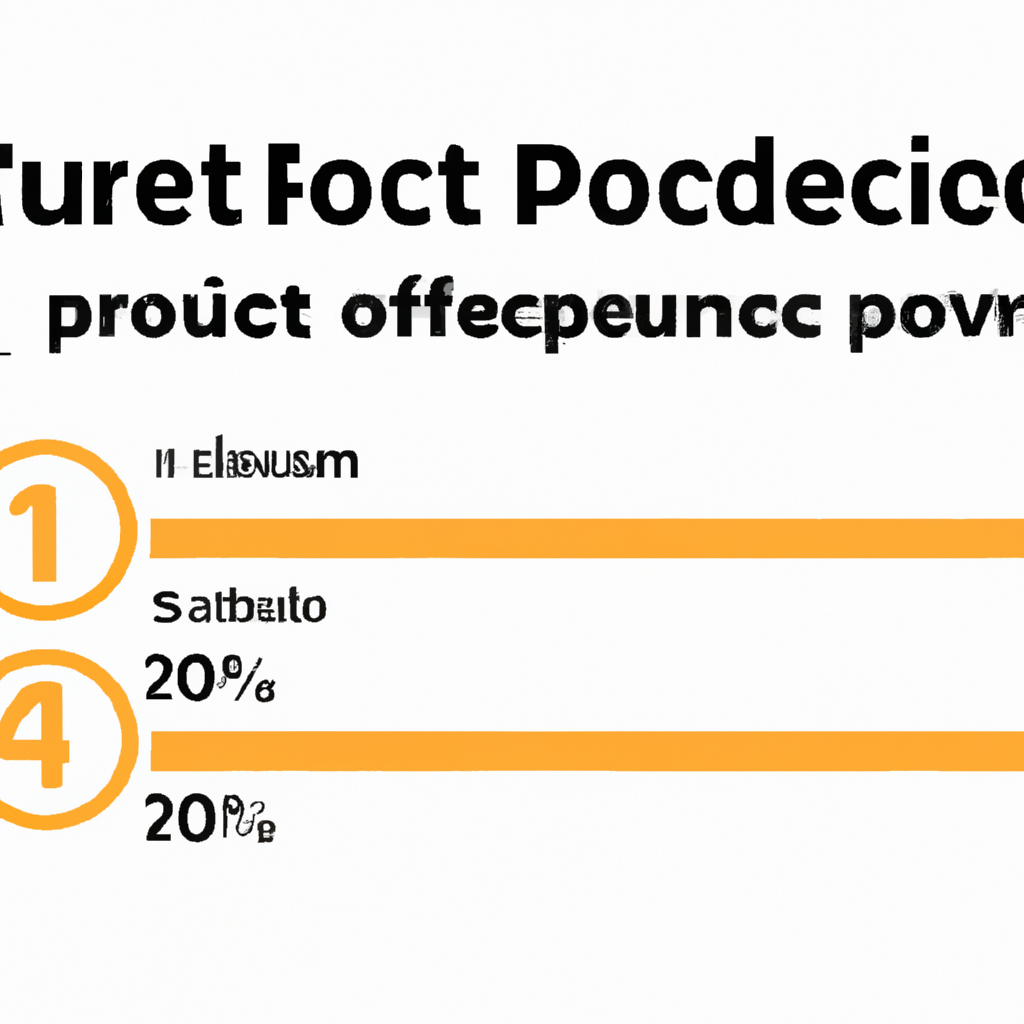The Impact of Poor QA on Product Delivery in 2024
In the rapidly evolving world of software and product development, the quality assurance (QA) process has become an essential pillar for successful product delivery. As we move further into 2024, the impact of poor QA on product delivery is more pronounced than ever, affecting business reputation, customer satisfaction, and bottom lines across various industries. This article explores the significant consequences of inadequate QA, utilizing the latest trends and insights, and outlines practical strategies for organizations to mitigate these risks.
Understanding Quality Assurance in Product Delivery
Quality Assurance (QA) refers to the systematic process of evaluating and ensuring the quality of products before they reach the market. In 2024, QA is more than bug detection; it encompasses:
- Continuous testing throughout the development lifecycle
- Automated test suites and manual exploration
- Performance, usability, and security testing
- Feedback loops with stakeholders
- Regulatory compliance and documentation
The goal is to deliver a reliable, robust, and user-friendly product that meets both business objectives and customer needs.
Key Risks and Consequences of Poor QA in 2024
Organizations that neglect QA in their product delivery pipeline face an array of risks:
- Increased Software Defects: Inadequate testing leads to critical bugs going undetected, resulting in product crashes, performance issues, and security vulnerabilities.
- Delayed Product Launches: Poor QA often causes last-minute fixes and rework, pushing deadlines and increasing time-to-market.
- Higher Costs: Fixing defects post-release is significantly more expensive than addressing them early. Companies bear the burden of emergency patches, support tickets, and even legal liabilities.
- Customer Dissatisfaction: End-users encountering issues lose trust, leading to negative reviews, increased churn, and damaged brand reputation.
- Regulatory and Compliance Risks: Especially in sectors like fintech and healthcare, poor QA can result in non-compliance with industry standards, attracting penalties and legal action.
Real-World Examples: The Cost of Poor QA
In 2024, high-profile product failures have underscored the importance of robust QA. For example, consider a mobile app that suffered major downtime due to untested code, resulting in millions of lost users and revenue. Or the e-commerce platform that experienced a security breach because of overlooked vulnerabilities, exposing customer data and causing a PR crisis. These scenarios highlight how the consequences of poor QA extend far beyond technical glitches—they impact every aspect of business operations.
LSI Keywords and Their Relevance
To fully understand the impact of poor QA on product delivery, it’s important to consider related terms, or LSI (Latent Semantic Indexing) keywords, which are crucial in 2024:
- Quality assurance process
- Product development lifecycle
- Software testing best practices
- Product defects and bug tracking
- Customer satisfaction metrics
- Continuous integration and deployment (CI/CD)
- Risk management in product delivery
- Release management strategies
- Product failure analysis
- Agile testing methodologies
These keywords not only guide search engines but also help organizations frame their QA approach effectively.
Modern QA Challenges in 2024
The landscape of QA is evolving with advancements in AI, cloud computing, and global collaboration. However, new challenges have emerged:
- Complex Tech Stacks: Products now integrate with multiple APIs, platforms, and devices, making comprehensive testing more difficult.
- Accelerated Delivery Cycles: Agile and DevOps have shortened release cycles, increasing pressure on QA teams.
- Talent Shortages: The demand for skilled QA engineers outpaces supply, leading to resource constraints.
- Automation Gaps: Not all test cases are easily automated, leaving room for human error and oversight.
Addressing these challenges requires a combination of robust strategy, skilled personnel, and the right tools.
Best Practices to Prevent Poor QA Outcomes
In 2024, leading organizations are leveraging the following strategies to ensure high-quality product delivery:
- Shift-Left Testing: Integrate QA into the earliest stages of product development to catch issues before they escalate.
- Automated and Manual Testing Balance: Use a hybrid approach to cover as many scenarios as possible, including edge cases and user experience.
- Continuous Integration/Continuous Deployment (CI/CD): Automate build, test, and deployment pipelines for rapid, reliable releases.
- Clear Communication: Foster collaboration between developers, testers, and business stakeholders to align quality standards.
- Regular Training: Keep QA teams updated on the latest tools, frameworks, and security protocols.
- Comprehensive Documentation: Maintain detailed test cases, bug reports, and user feedback for ongoing improvement.
Conclusion: Building a Culture of Quality in 2024
The impact of poor QA on product delivery is undeniable in 2024, with significant risks to financial performance, customer trust, and brand value. Organizations that prioritize QA by integrating modern best practices, leveraging automation, and fostering collaboration position themselves for success in an increasingly competitive market. Investing in quality is not just a technical decision—it’s a strategic imperative that defines the future of your products and business.

